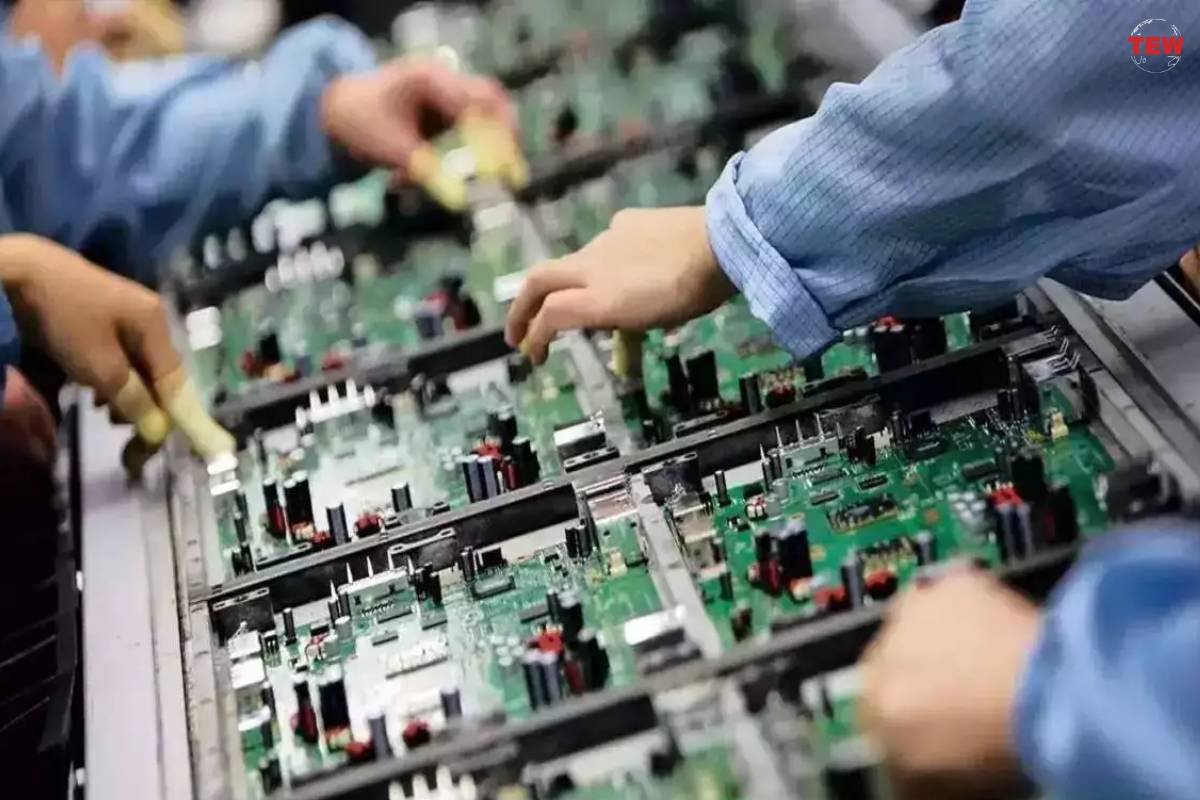We may require a crew of robots to guide incoming sunlight to shaded areas that would provide solar power to see the light of day as humanity seeks to establish a long-term presence on the Moon.
Maxar Technologies said on Monday that it is creating a system with NASA that will bounce incoming sunlight to solar panels situated in the dark, provide solar power which offering a variety of applications.
Light Bender System
Robots operating independently in the lunar environment would have to construct the Light Bender system. Any device that needs power, like rovers, robots, communications systems, habitats, research instruments, or other devices, could be equipped with the receiving solar panels. It’s a brilliant idea that could provide solar power to areas or places (like impact craters) that would never otherwise get sunlight.
These shadowy locations on the surface of the Moon, notably those around the lunar south pole that are shielded from sunlight, may contain important resources like frozen water reserves. A crucial component of NASA’s future Artemis missions is exploring and operating in the Moon’s dark areas. As part of its announcement of collaboration opportunities, NASA chose Light Bender to create technologies in support of its Moon to Mars goals. The idea is currently in development, and a demonstration on Earth is planned for 2025.
How space-based solar power can save the planet
Doing without involving humans
Two 10-meter reflectors, one at the bottom and one at the top, are attached to a 20-meter-high pole, also known as a telescoping mast, in Light Bender. Sunlight will be reflected from the bottom reflector to the secondary mirror, which will then send the light to the receiver.
Sean Dougherty, Maxar’s principal robotics architect and the project lead for Light Bender, said in a statement that part of what the business is doing is provide solar power reflecting sunlight to a solar panel hidden in the shadows. “Doing that without involving humans is where it gets complicated,”
Yes, the robots should perform this task. The business plans to deploy and autonomously assemble the array of reflectors on the Moon using robots. The Light Bender reflectors will be the biggest ones built on their own in space, according to Dougherty. The width of a tennis court may be covered by ten-meter mirrors, and we are researching how to construct them autonomously. Although it’s not a simple task, we are capable of doing it.
Spirit, Opportunity, Curiosity, and Perseverance
The robotic arms on NASA’s Martian rovers are examples of robot components that Maxar has previously produced for the space agency. The Phoenix and InSight landers, as well as the Spirit, Opportunity, Curiosity, and Perseverance rovers, were all equipped with a Maxar arm. The business is also constructing the Sample Acquisition, Morphology Filtering, and Probing of the Lunar Regolith (SAMPLR) arm, which is intended for the Moon, as well as a robotic arm for NASA’s On-orbit Servicing, Assembly, and Manufacturing 1 spacecraft, which is intended to maintain satellites in orbit.
To achieve the objectives of increased lunar exploration, robotics are essential, according to Dougherty. “Robots will have to fill in since there are currently no construction crews on the Moon or Mars.”





